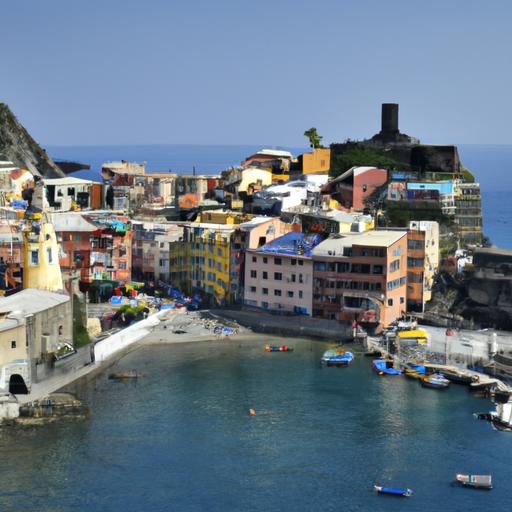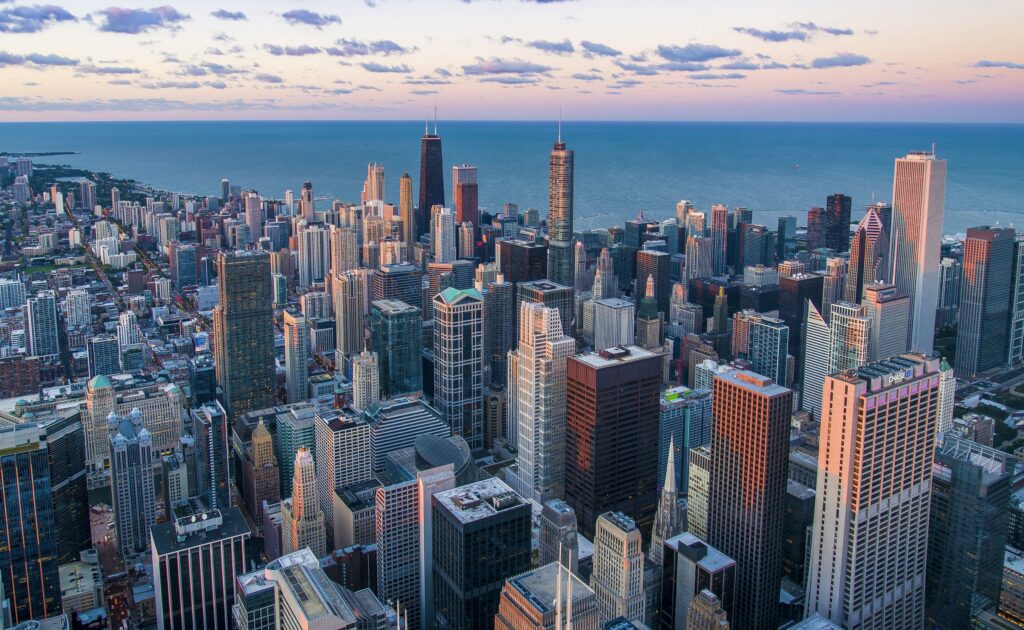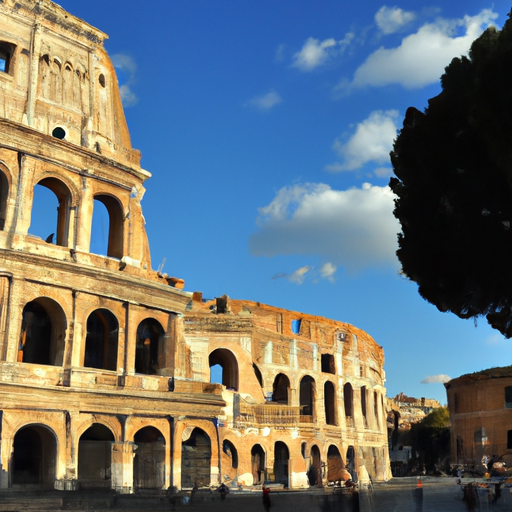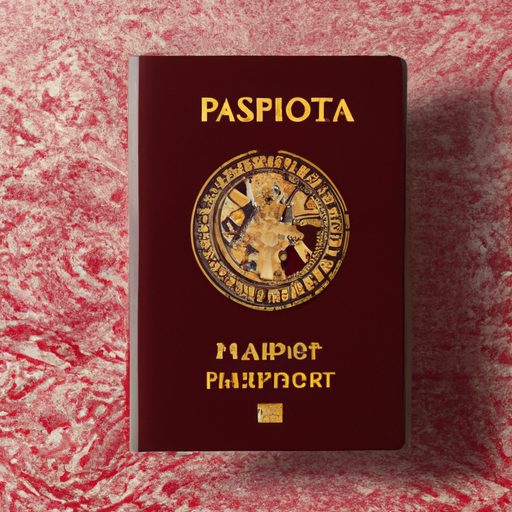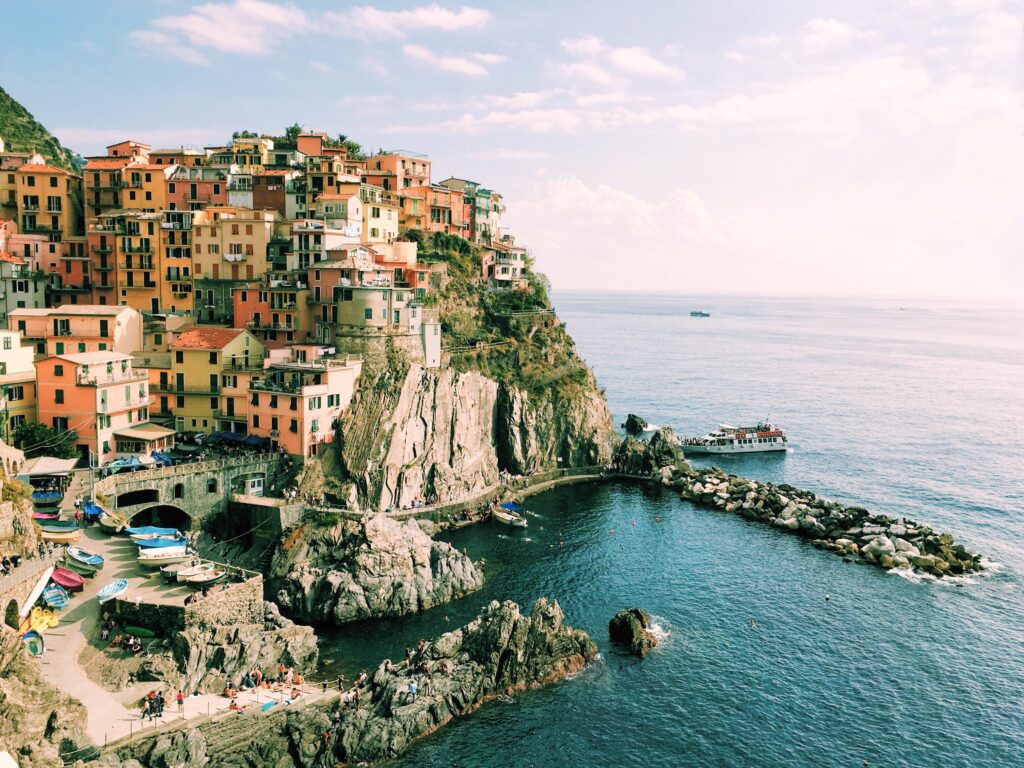In this article, you will learn the basics of using public transportation in major Italian cities. We will cover topics such as obtaining tickets, navigating different modes of transportation, and understanding timetables. By the end, you will feel confident and prepared to explore the beautiful cities of Italy using their efficient public transportation systems. Let’s get started! If you’re planning a trip to Italy, using public transportation in major cities like Rome, Milan, and Florence can be a convenient and cost-effective way to get around. With a variety of transportation options, including metro/subway systems, buses, trams, and trains, navigating the city streets is made easy. In this article, we will provide an overview of the types of public transportation available, ticketing systems, operating hours, and the frequency of services. So let’s dive in and discover how you can explore Italy’s cities with ease.

Types of Public Transportation
When it comes to public transportation in major Italian cities, there are several options to choose from, including:
Metro/Subway
The metro, also known as the subway, is a popular mode of transportation in cities like Rome and Milan. With a network of underground railways, the metro allows you to travel quickly and efficiently across the city. Metro stations are conveniently located throughout the city, and signage makes it easy to find your way around.
Bus
Buses are another common form of public transportation in Italian cities. They provide extensive coverage and access to areas that may not be serviced by the metro. Bus stops are typically marked with a sign displaying the bus number and the destinations it serves. While buses can be a bit slower due to traffic, they are a great option for exploring the city at a more leisurely pace.
Tram
Trams are a unique and charming way to get around cities like Milan and Florence. These electric-powered vehicles run on tracks embedded in the streets and are a great way to travel short distances. Tram stops are marked with signs and are usually located at convenient intervals throughout the city. Riding a tram gives you the opportunity to enjoy the city’s scenery while getting to your destination.
Train
For longer journeys or trips outside of the city, trains offer a convenient option. Italy has an extensive railway network that connects major cities and towns. There are both inter-city trains, which travel between different cities, and regional trains that service smaller towns and villages. Train stations are well-organized and typically offer amenities such as ticket counters, information booths, and shops.
Using the Metro/Subway
One of the most efficient ways to navigate a city is by using the metro/subway system. Here are some tips for using the metro:
Finding Metro Stations
Metro stations are marked with signs displaying a white “M” on a red background, making them easy to spot. These signs are typically found at street level and near the entrances to the stations. You can also use online maps or smartphone apps to locate the nearest metro station.
Purchasing Metro Tickets
Before boarding the metro, you will need to purchase a ticket. Tickets can be bought from ticket machines located at the entrance of each station or from ticket booths. Some stations may also have ticket offices where you can purchase tickets in person. Make sure to validate your ticket before entering the platform.
Navigating the Metro Network
Most metro systems in Italian cities are well-connected and have multiple lines that intersect at various stations. Maps of the metro network are prominently displayed in the stations and inside the metro cars. These maps will help you plan your journey and identify the correct line and direction to take. Pay attention to the announcements and signs inside the metro cars, as they will indicate the next station and any relevant information.
Common Etiquettes
When using the metro, it’s important to be mindful of other passengers and follow some common etiquettes. Avoid blocking doors, especially during rush hour, to allow people to enter and exit the metro easily. It is also considered polite to give up your seat to pregnant women, elderly individuals, or people with disabilities.

Taking the Bus
Buses in Italian cities are a popular mode of transportation, especially for shorter trips and accessing areas that are not served by the metro. Here’s what you need to know about taking the bus:
Identifying Bus Stops
Bus stops are marked with signs that display the bus number and the destinations it serves. These signs are usually located near the curb or on a nearby pole. Make sure to wait at the designated bus stop, as buses make stops only at these predetermined locations.
Buying Bus Tickets
In most cities, bus tickets can be purchased onboard from the driver or at ticket machines located at major bus terminals. Some cities also have ticket booths or shops where you can purchase tickets in advance. Remember to validate your ticket as soon as you board the bus.
Understanding Bus Routes
Each bus line has a specific route that it follows, with designated stops along the way. It’s a good idea to familiarize yourself with the bus routes and have a general idea of the stops you need to get on and off. Bus route maps and schedules are available online, at bus terminals, or at tourist information centers.
Boarding and Exiting Buses
When boarding the bus, make sure to wait in line and let people exit before entering. Many buses have multiple doors, so choose a door that is not crowded to make getting on and off easier. Press the “stop” button or pull the cord to signal the driver when you want to get off at your desired stop.
Using the Tram
If you’re looking for a unique transportation experience in Italian cities, trams are a great option. Here’s what you need to know about using trams:
Locating Tram Stops
Tram stops are marked with signs that display the tram number and the direction it travels. These signs can be found at the tram stop or nearby poles. Tram stops are usually spaced at regular intervals along the tram tracks, making it easy to access them.
Acquiring Tram Tickets
You can purchase tram tickets from ticket machines located at tram stops or onboard the tram itself. Some cities may also have ticket booths or shops where you can buy tickets in advance. As always, remember to validate your ticket once onboard.
Tram Routes and Connections
Each tram has a specific route that it follows, with designated stops along the way. Tram route maps are available online, at tram stops, or at tourist information centers. Tram lines often intersect with metro and bus lines, providing convenient connections between different modes of transportation.
Tips for Tram Travel
Trams can be a great way to see the sights of the city while getting to your destination. Keep in mind that trams can be slower than other forms of transportation, especially during peak hours or in heavily trafficked areas. Take advantage of the scenic views along the tram route and enjoy the ride.

Exploring the Train System
If you plan on traveling outside of the city or between different cities, the train system in Italy is an excellent option. Here’s what you need to know about using trains:
Inter-City Trains
Inter-city trains connect major cities in Italy and offer a fast and efficient mode of transportation. These trains, such as the high-speed Frecciarossa and Frecciargento, are known for their comfort and speed. Tickets for inter-city trains can be purchased online, at train stations, or from ticket machines.
Regional Trains
Regional trains are slower than inter-city trains but are a great option for exploring smaller towns and villages. These trains offer a more local experience and can be a more affordable option for shorter distances. Regional train tickets can be purchased at train stations or from ticket machines.
Tickets and Reservations
When using the train system, it’s important to have a valid ticket for your journey. Tickets can be purchased in advance or on the day of travel, depending on availability. Some high-speed trains may require seat reservations, so make sure to check before boarding. Validate your ticket before boarding the train.
Navigating Train Stations
Train stations are well-equipped with amenities such as ticket counters, information booths, and shops. Make sure to arrive at the train station with enough time to find your platform, especially if you are unfamiliar with the station. Electronic display boards and signs will indicate the departure times and platforms for each train.
Navigating Fare Systems
Understanding the fare systems in Italian cities is essential for using public transportation. Here are the different ticketing options available:
Single Tickets
Single tickets are valid for one journey on a specific mode of transportation. These tickets are typically valid for a certain amount of time, allowing you to transfer between different lines or modes of transportation within that time frame. Remember to validate your ticket before boarding.
Multi-Journey Tickets
Multi-journey tickets, also known as Carnet or booklets, allow you to make multiple journeys on a specific mode of transportation. These tickets often come in packs of 10 or more and offer a discounted rate compared to single tickets. Multi-journey tickets are valid for a specified amount of time and are great for frequent travelers.
Travel Cards and Passes
Travel cards and passes provide unlimited travel on public transportation within a specific time frame. These cards are convenient for tourists or frequent travelers and often offer discounted rates compared to single tickets. Different types of travel cards are available, such as daily, weekly, or monthly passes.
Student and Senior Discounts
If you are a student or senior citizen, you may be eligible for discounted fares on public transportation. Make sure to carry the appropriate identification or proof of eligibility with you when purchasing tickets or travel cards to take advantage of these discounts.
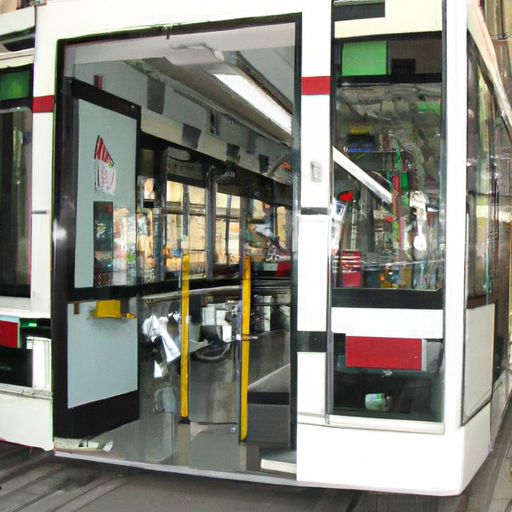
Understanding Operating Hours
Public transportation in Italian cities operates on specific schedules depending on the day and time. Here’s what you need to know:
Weekday Schedules
During weekdays, public transportation operates on regular schedules. Metro, bus, tram, and train services are more frequent and have extended hours of operation. However, keep in mind that the last services of the day may operate on a reduced schedule, so it’s essential to plan your journey accordingly.
Weekend and Holiday Schedules
On weekends and holidays, public transportation may operate on a different schedule, with reduced frequencies and earlier closing times. Make sure to check the schedules or consult with local information sources to plan your journey during these times.
Night Services
For late-night travel, some cities offer night buses or metro services that operate during the early morning hours. These night services have limited routes and frequencies, so it’s important to check the schedules in advance.
Temporary Disruptions
Occasionally, public transportation services may experience disruptions due to maintenance, strikes, or special events. It’s a good idea to stay updated with any announcements or check the local transportation authority’s website or social media channels for any service disruptions that may affect your journey.
Getting Around during Peak Hours
During peak hours, public transportation in Italian cities can become crowded and congested. Here are some strategies for getting around during these times:
Strategies for Crowded Transportation
If you’re traveling during busy times, such as rush hour, be prepared for crowded transportation. Allow extra time for your journey and be patient when boarding and exiting. Consider traveling outside of the peak hours or using alternative transportation options if possible.
Alternative Routes
If you encounter delays or disruptions on your regular route, it’s helpful to have alternative routes in mind. Familiarize yourself with different metro, bus, or tram lines that can take you to your destination. Online maps and smartphone apps can be useful tools for finding alternative routes.
Planning for Delays
While public transportation in Italy is generally reliable, delays can occur due to traffic or unforeseen circumstances. It’s a good idea to build extra time into your itinerary to account for any potential delays. This will help ensure that you arrive at your destination on time.
Avoiding Rush Hour
If possible, try to avoid traveling during rush hour, especially if you are not comfortable with crowded transportation. Rush hour typically occurs in the early morning and late afternoon/early evening when commuters are traveling to and from work. Adjusting your schedule to travel outside of these times can make your journey more comfortable.
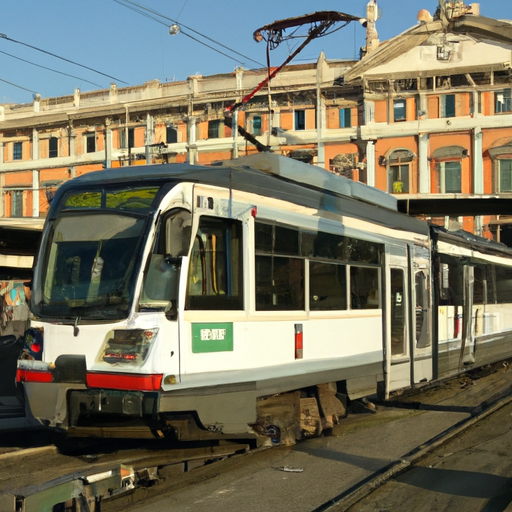
Conclusion
Using public transportation in major Italian cities is a convenient and reliable way to explore the local sights and get around with ease. Whether you choose to ride the metro, bus, tram, or train, each mode of transportation offers its unique experience. By familiarizing yourself with the ticketing systems, operating hours, and different types of transportation, you can navigate the cities with confidence. So hop on board and enjoy the convenience and charm of Italy’s public transportation systems as you explore the vibrant streets of Rome, Milan, and Florence. Safe travels!


